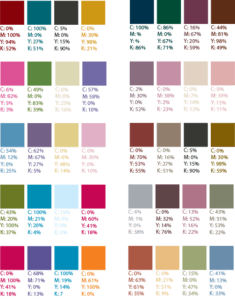Ritchin arranges this piece of writing to discuss the transition of photography from the past, to the present, and the possible future. With the “fluidity of the digital”, Ritchin meant that because photography and technology are so advanced now, there is a new meaning to photography. With the help of manipulation and editing in new software, there is now a fluidity with how photos can be crafted. Not only does it exist on physical paper films, but it exists on the internet too. We can see this on social media, magazines, and billboards. There are also many types of photography such as journalistic and underwater photography. If we take social media, for example, the interpretation that viewers take away can be so different. Essentially, there is an algorithm in most social media apps that through a time of analyzing which types of content you like, they will curate a media personalized to you. The issue with this is that sometime the content will be so focused on one topic that it becomes biased. There, it’s possible that you have a different perspective on one subject compared to other people. Publishers are also able to manipulate images as they like such as in photoshop and then post them on social media. This fluctuation of perception is one reason for the “fluidity of the digital”.
Photography captures the world in a single moment. Thus, I don’t think it’s capable of capturing reality. The single snapshot could be so different once it’s played out like in videos. A moment frozen in time could be out of coincidence or a bad picture. A lot of times when the whole story is told and acted out, the meaning behind it and its purpose will then be clearly shown. That is why I wouldn’t trust an image to depict the reality of the world even though photographs are able to hold deep meanings.
 Gestalt Principles Used
Gestalt Principles Used 
